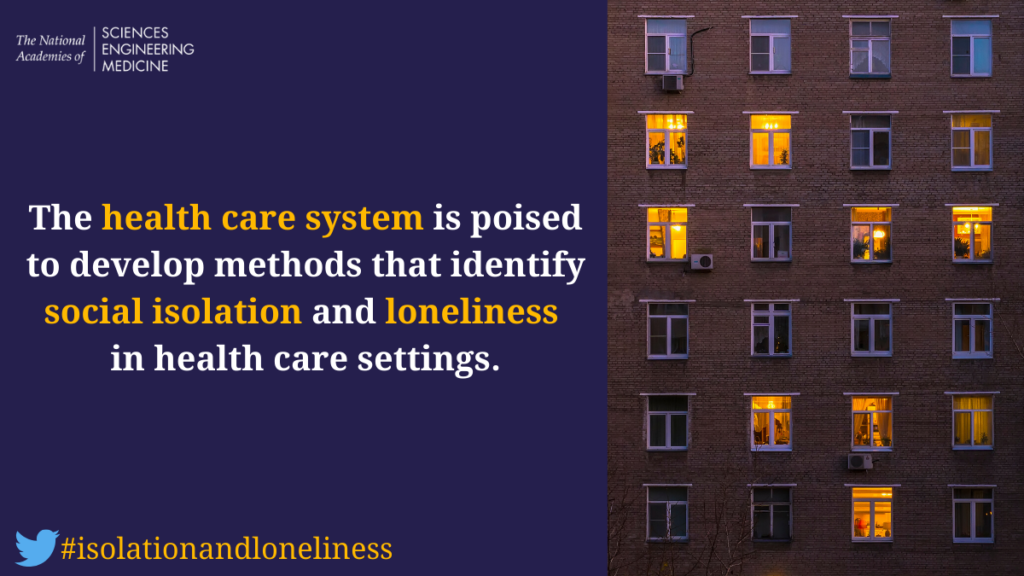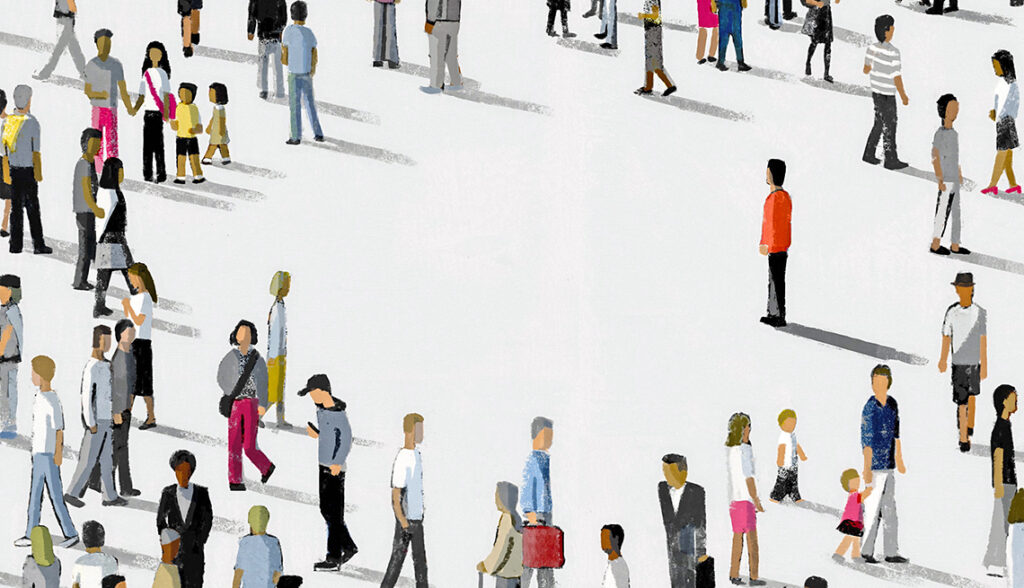Wondering how you can help your community be connected? Check these resources to see what other researchers are studying and writing.
The Atlantic hosted a series of discussions on combating loneliness and social isolation. Speakers included former U.S. Surgeon General Vivek Murthy, AARP Foundation President Lisa Marsh Ryerson and Pew Research Center Social Trends Research Director Kim Parker. They addressed the causes and health impacts of the problem and offered a range of solutions.
Social Isolation and Loneliness in Older Adults Opportunities for the Health Care System
Even the most socially isolated individuals — those who have no or very few community connections — interact with the health care system.
This report details the meaningful role the health sector can play to help people overcome isolation along with recommendations to enhance that role.
In 2010, AARP conducted a national survey of U.S. adults age 45 and older to better understand loneliness among midlife and older adults. Since the survey’s release, the field has evolved and AARP Foundation’s focus has expanded to include social isolation.
With older Americans at higher risk for social isolation, science may have a treatment.
A new study—the first to examine whether social isolation also affects health care spending among older adults—finds that a lack of social contacts among older adults is associated with an estimated $6.7 billion in additional Medicare spending annually.
One-third of Americans who don’t drive and many others who lack access to a working vehicle, transportation options don’t come easy—especially in rural America, where transportation has long been a seemingly intractable problem. The technology revolution is showing potential to help solve that problem and enable more Americans to take part in the economic and social lives of their communities.








